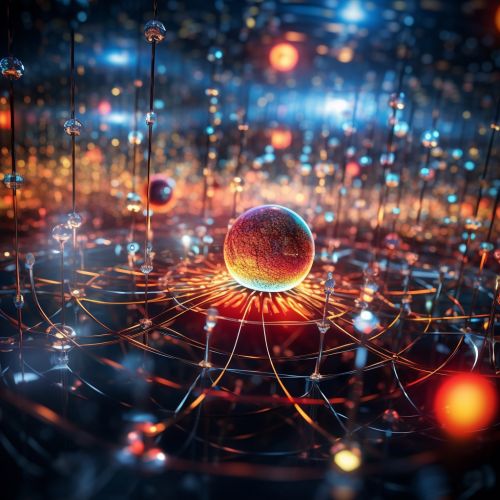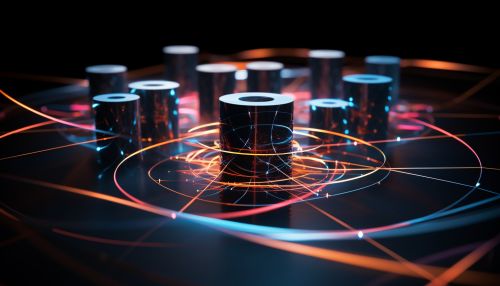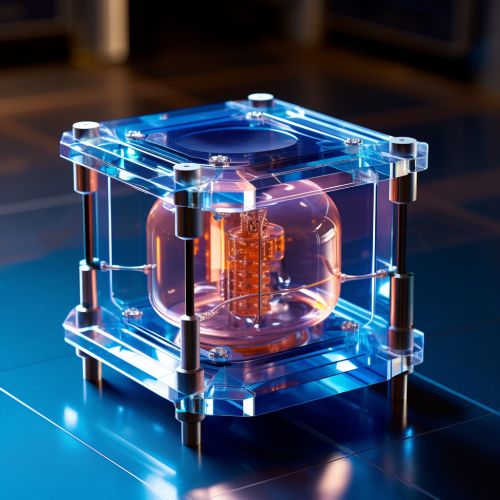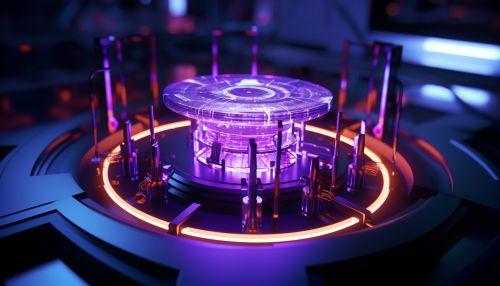The Physics of Quantum Mechanics in Data Storage
Introduction
Quantum mechanics, the branch of physics that deals with phenomena on a very small scale, such as molecules, atoms, and subatomic particles, has profound implications for data storage. The principles of quantum mechanics can be harnessed to create quantum bits, or qubits, which can store and process information in ways that classical bits cannot. This article delves into the physics of quantum mechanics in data storage, exploring the principles, technologies, and potential applications of quantum data storage.


Quantum Mechanics and Information Theory
Quantum mechanics is fundamentally different from classical physics. It introduces concepts such as superposition and entanglement, which have no analogues in the classical world. These concepts are key to understanding how quantum mechanics can be applied to data storage.
Superposition
In quantum mechanics, a physical system—such as a qubit—can exist in multiple states at once, a phenomenon known as superposition. This is in stark contrast to classical bits, which can only exist in one of two states: 0 or 1. A qubit in superposition can exist in a state that is a combination of 0 and 1, with certain probabilities associated with each state. This allows a qubit to store more information than a classical bit.


Entanglement
Another key concept in quantum mechanics is entanglement. When two qubits become entangled, the state of one qubit becomes instantaneously connected with the state of the other, no matter how far apart they are. This property can be used to create highly secure communication channels and to perform complex computations more efficiently than classical computers.


Quantum Data Storage Technologies
There are several technologies currently being explored for quantum data storage, each with its own strengths and challenges. These include quantum dots, topological qubits, and ion traps.
Quantum Dots
Quantum dots are tiny semiconductor particles that can confine electrons in three dimensions, creating a quantum system that can be manipulated to store and process information. Quantum dots have the advantage of being compatible with existing semiconductor fabrication techniques, but they also face challenges such as decoherence and difficulty in scaling.


Topological Qubits
Topological qubits are a type of qubit that are robust against decoherence, a major challenge in quantum computing. They are based on anyons, particles that exist only in two dimensions and that have unique properties that can be harnessed for quantum computing. However, creating and manipulating anyons is a complex task that is still in the experimental stage.


Ion Traps
Ion traps are devices that can capture and manipulate ions, which can be used as qubits. Ion traps have the advantage of high fidelity and long coherence times, but they also face challenges such as difficulty in scaling and the need for complex control systems.


Potential Applications of Quantum Data Storage
Quantum data storage has the potential to revolutionize many areas, including cryptography, machine learning, and scientific computing.
Quantum Cryptography
Quantum mechanics can be used to create unbreakable encryption systems, a field known as quantum cryptography. The principle of superposition allows for the creation of quantum keys that can be used to encrypt and decrypt messages, while the principle of entanglement allows for the detection of eavesdropping.
Quantum Machine Learning
Quantum mechanics can also be applied to machine learning, creating algorithms that can process large amounts of data more efficiently than classical algorithms. Quantum machine learning can potentially revolutionize fields such as artificial intelligence and big data analysis.
Quantum Scientific Computing
Quantum mechanics can also be applied to scientific computing, allowing for the simulation of complex quantum systems that are intractable for classical computers. This could have profound implications for fields such as chemistry, materials science, and high-energy physics.
Conclusion
The physics of quantum mechanics has the potential to revolutionize data storage, offering capabilities far beyond those of classical systems. While the field is still in its early stages, the progress made so far suggests that quantum data storage could become a reality in the not-too-distant future.
